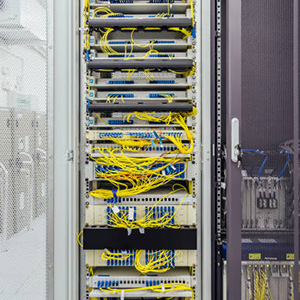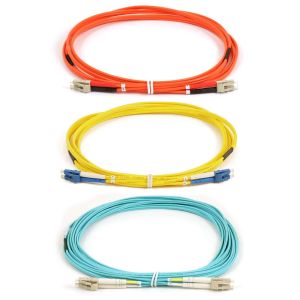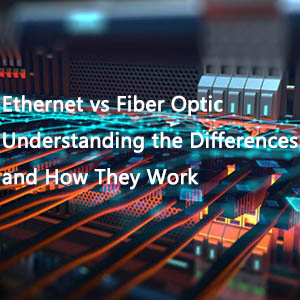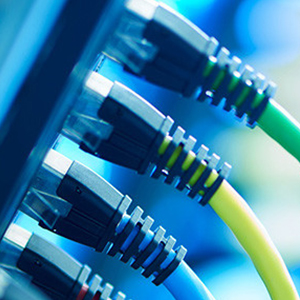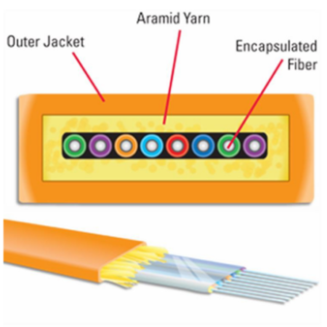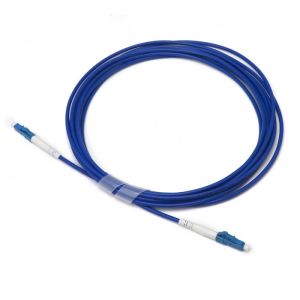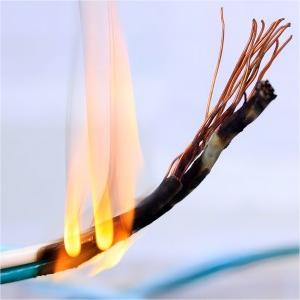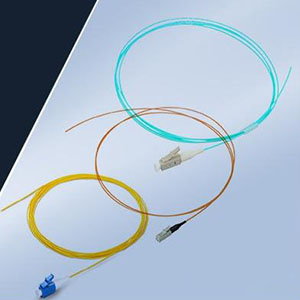With the rapid development of network technology, high-density networks have become an important part of data centers, enterprise networks and other fields. In high-density networks, MPO connectors play a vital role. So, what exactly is an MPO connectors? What are its functions and features? This article will take you to find out.
Exploring MPO Connectors
Types of MPO Connectors
MPO connectors, also known as multi-fiber push-on connectors, are essential components in high density networks. These fiber optic connectors provide a reliable and efficient means of connectivity for transmitting data across multiple fibers. Their versatile nature makes them suitable for various network configurations and requirements. Understanding the specific features and applications of each type of MPO connectors is crucial for ensuring optimal network performance and reliability.
MPO Connector Varieties
Types of MPO Connectors
When it comes to MPO connectors, there are various types available to meet the diverse requirements and configurations of high density networks. Each type is designed with specific features and applications tailored to optimize network performance and reliability. Understanding the distinct characteristics of each mpo connectors type is crucial for ensuring seamless connectivity and efficient data transmission across multiple fibers.
Configurations and Applications
MPO connectors come in different configurations, including 12-fiber and 24-fiber options, to accommodate a wide range of network setups. The availability of these varied configurations allows for flexibility in designing and implementing high density networks, catering to specific connectivity needs. Exploring the applications and benefits of different multi-fiber push-on connector configurations is essential for maximizing the potential of high density networks while ensuring scalability and adaptability for future expansions.
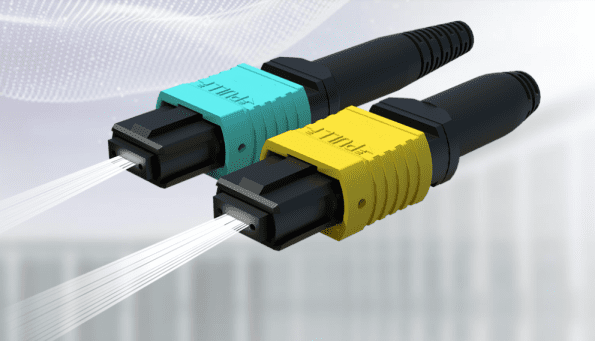
Benefits in Dense Networks
Enhanced Connectivity
In high density networks, MPO connectors play a pivotal role in providing enhanced connectivity, ensuring seamless and efficient data transmission across multiple fibers. The use of MPO connectors optimizes network density by consolidating multiple fiber connections into a single interface, thereby reducing the complexity of cabling infrastructure. This streamlined approach not only enhances connectivity but also contributes to minimizing installation time, leading to improved network performance and reliability.
Scalability and Flexibility
One of the key advantages of MPO connectors in dense networks is their scalability and flexibility. As network requirements evolve and expand, MPO connectors offer the adaptability needed to accommodate these changes without requiring extensive overhauls or modifications. Their modular design allows for easy additions or reconfigurations, making them ideal for future-proofing high capacity networks. By embracing MPO connectors, organizations can ensure that their networks remain agile and responsive to evolving demands, ultimately enhancing overall operational efficiency.
Installation and Maintenance Tips
Best Practices for Installation
When it comes to the installation of fiber optic connectors in high density networks, adhering to best practices is essential to ensure optimal performance and reliability. Here are some key considerations and guidelines for the installation of optical fiber connectors:
- Proper Inspection: Before installation, carefully inspect the connectors for any damage or contamination that could affect their performance. It’s crucial to maintain cleanliness and integrity throughout the installation process.
- Precision in Alignment: Achieving precise alignment during the installation of fiber cabling connectors is critical for minimizing signal loss and ensuring efficient data transmission. Utilizing alignment tools and techniques can help achieve the required precision.
- Cable Management: Implementing effective cable management practices is essential for organizing and securing fiber optic cables, minimizing strain on the connectors, and maintaining optimal signal integrity.
By following these best practices, organizations can ensure that their fiber optic connectors are installed with precision and care, ultimately contributing to reliable network connectivity.
Effective Maintenance Strategies
Regular maintenance and inspection are vital for prolonging the lifespan and performance of optical fiber connectors in high density networks. Here are some tips for effective maintenance:
- Cleaning Regimen: Establish a regular cleaning schedule to remove dust, debris, and contaminants from the connectors. Utilize appropriate cleaning tools and solutions to maintain optimal connector cleanliness.
- Inspection Protocols: Implement routine inspections to identify any signs of wear, damage, or misalignment in the fiber cabling connectors. Promptly addressing any issues can prevent potential disruptions in network connectivity.
- Documentation: Maintain thorough records of maintenance activities, including cleaning schedules, inspection results, and any corrective actions taken. This documentation helps track the condition of connectors over time and facilitates proactive maintenance planning.
Adhering to these maintenance strategies ensures that optical fiber connectors remain in peak condition, contributing to sustained network reliability.
MPO Connectors in Data Centers
Role in Data Center Connectivity
In the realm of data center connectivity, MPO connectors play a pivotal role in facilitating high-speed and reliable data transmission. Their ability to accommodate multiple fibers within a single interface makes them instrumental in supporting the high bandwidth requirements of data center networking. The specific applications of MPO connectors within data center environments include seamless integration with high-density switches, routers, and servers, enabling efficient data exchange across the network infrastructure. Moreover, their advantages in reducing cable congestion and streamlining connectivity contribute to enhanced network efficiency and performance within data centers.
Furthermore, the utilization of MPO connectors in data center cabling enables quick deployment and reconfiguration, aligning with the dynamic nature of modern data center networking. As organizations strive to optimize their data center operations, MPO connectors emerge as a foundational component for achieving streamlined connectivity and scalability.
Future Trends and Innovations
The landscape of MPO connectors for data center connectivity is witnessing continuous advancements to meet the evolving demands of high density networks. Emerging trends focus on enhancing connector density, improving signal integrity, and simplifying installation processes. Innovations such as higher fiber count MPO connectors and advanced polishing techniques are aimed at addressing the escalating bandwidth requirements of modern data centers while maintaining compatibility with existing infrastructure.
Moreover, future innovations are poised to integrate intelligence into MPO connectors, enabling real-time monitoring of network connections and performance. These developments underscore the evolving role of MPO connectors as integral components in meeting the increasing demands of data center infrastructure while paving the way for more efficient and agile network operations.
The Role of MPO Connectors
Importance in Network Reliability
In the realm of network reliability, mpo connectors stand as essential components, ensuring seamless connectivity and scalability. Their ability to consolidate multiple fibers into a single interface contributes to streamlining network infrastructure, minimizing complexity, and optimizing data transmission. The reliability of multi-fiber push-on connectors plays a pivotal role in maintaining consistent network performance and mitigating potential disruptions. Organizations rely on the robustness of fiber optic connectors to uphold the integrity and efficiency of their high density networks.
Facilitating Network Expansion
As high density networks evolve and expand, mpo connectors play a crucial role in facilitating seamless expansion without compromising performance. Their modular design enables swift additions or reconfigurations, aligning with the dynamic nature of evolving network requirements. By embracing fiber optic connectors, organizations can confidently pursue network expansions while maintaining operational efficiency and adaptability. The scalability offered by multi-fiber push-on connectors positions them as indispensable assets for accommodating the growth and diversification of high capacity networks.
Ensuring Data Integrity
The role of mpo connectors extends to safeguarding data integrity within high density networks. Through precise alignment and efficient data transmission capabilities, these connectors uphold the integrity of transmitted data across multiple fibers. Maintaining data integrity is paramount for organizations relying on high density networks for critical operations, making the reliable performance of fiber optic connectors foundational to ensuring uninterrupted data exchange and operational continuity.

